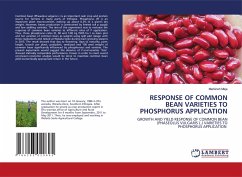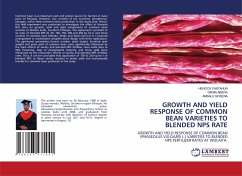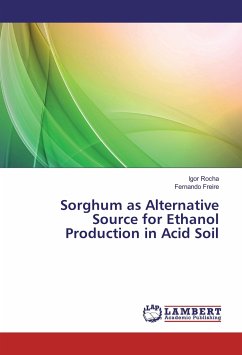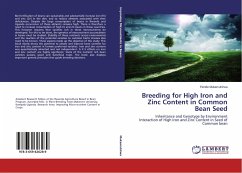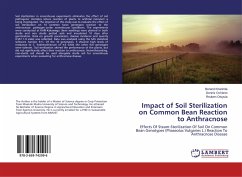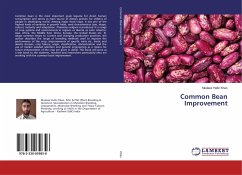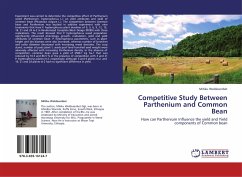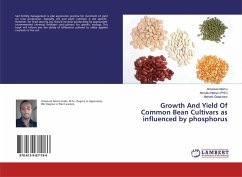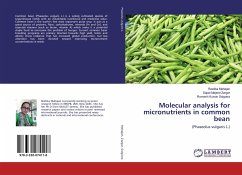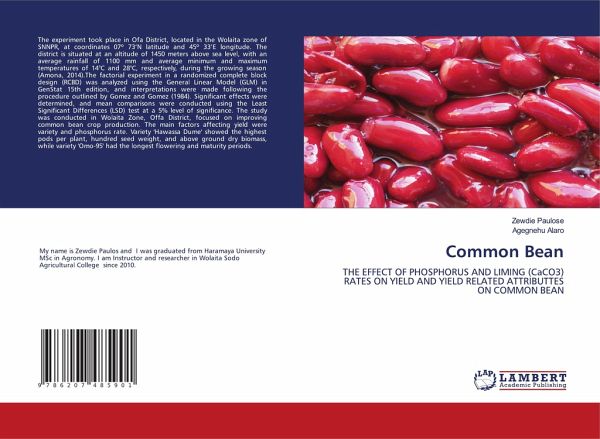
Common Bean
THE EFFECT OF PHOSPHORUS AND LIMING (CaCO3) RATES ON YIELD AND YIELD RELATED ATTRIBUTTES ON COMMON BEAN
Versandkostenfrei!
Versandfertig in 6-10 Tagen
29,99 €
inkl. MwSt.

PAYBACK Punkte
15 °P sammeln!
The experiment took place in Ofa District, located in the Wolaita zone of SNNPR, at coordinates 07º 73'N latitude and 45º 33'E longitude. The district is situated at an altitude of 1450 meters above sea level, with an average rainfall of 1100 mm and average minimum and maximum temperatures of 14°C and 28°C, respectively, during the growing season (Amona, 2014).The factorial experiment in a randomized complete block design (RCBD) was analyzed using the General Linear Model (GLM) in GenStat 15th edition, and interpretations were made following the procedure outlined by Gomez and Gomez (1984)...
The experiment took place in Ofa District, located in the Wolaita zone of SNNPR, at coordinates 07º 73'N latitude and 45º 33'E longitude. The district is situated at an altitude of 1450 meters above sea level, with an average rainfall of 1100 mm and average minimum and maximum temperatures of 14°C and 28°C, respectively, during the growing season (Amona, 2014).The factorial experiment in a randomized complete block design (RCBD) was analyzed using the General Linear Model (GLM) in GenStat 15th edition, and interpretations were made following the procedure outlined by Gomez and Gomez (1984). Significant effects were determined, and mean comparisons were conducted using the Least Significant Differences (LSD) test at a 5% level of significance. The study was conducted in Wolaita Zone, Offa District, focused on improving common bean crop production. The main factors affecting yield were variety and phosphorus rate. Variety 'Hawassa Dume' showed the highest pods per plant, hundred seed weight, and above ground dry biomass, while variety 'Omo-95' had the longest flowering and maturity periods.





